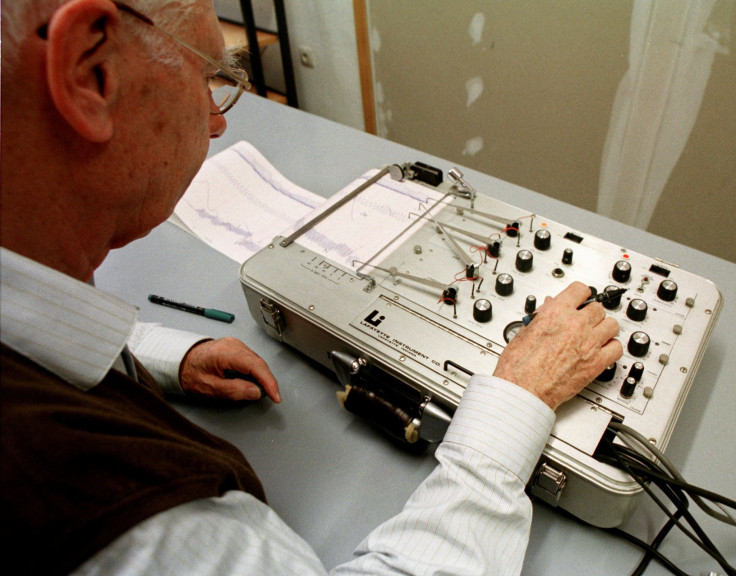DNI Clapper Hopes Lie Detector Tests Will Plug Government Leaks Despite Polygraphs' Failure On Top Western Spies

Any government employees considering leaking classified documents had better not forget to practice their polygraph skills first. They’ll need to pass a lie detector test to get a job in the first place after U.S. Director of National Intelligence James Clapper issued a guidance Wednesday instructing the intelligence community to use polygraphs while screening possible hires.
Potential employees will take a test that “shall cover the topics of espionage, sabotage terrorism, unauthorized disclosure or removal of classified information (including to the media), unauthorized or unreported foreign contacts, and deliberate damage to or misuse of U.S. government information systems or defense systems,” states the guidance, which was first noticed by Steven Aftergood of Secrecy News.
Under the terms of Clapper’s guidance, personnel are to be instructed that disclosing information to “an unauthorized recipient” is explicitly prohibited. The definition includes anyone who doesn’t have the necessary security clearance and without a need to know, especially “any member of the media.”
Clapper’s initiative comes a week after Nicholas J. Rasmussen, director of the National Counterterrorism Center, told the Senate Select Committee on Intelligence that the leaks from former National Security Agency contractor Edward Snowden damaged American intelligence-gathering techniques.
Whether deploying an army of polygraphers will be effective remains a subject of debate. Aldrich Ames, who spied on the U.S. for the Soviet Union for years, famously passed a polygraph test when he was suspected of committing espionage. The same goes for Kim Philby, the Soviet mole who sat near the top of the British intelligence community at the height of the Cold War.
The National Research Council has found insufficient evidence that polygraphs effectively detect deception, only that they gauge an individual’s pulse rate, respiratory rate and galvanic skin response. The U.S. Supreme Court agreed, ruling in the 1998 case United States v. Scheffer, that “there is simply no consensus that polygraph evidence is reliable.”
© Copyright IBTimes 2024. All rights reserved.





















